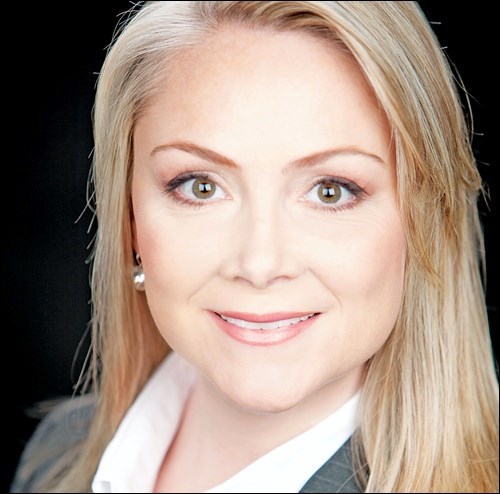Do you have good intentions at the beginning of each year, but find that by New Year’s Eve, your finances and investments are still in a disorganized mess? If so, I have a few suggestions to help you start getting your money under control in 2016.
Why New Year’s resolutions often fail
The end of the year is typically the time people make two kinds of resolutions: 1) health and diet; and 2) money. Sadly, those resolutions, made with great intentions at the beginning of the New Year, are very soon abandoned. The trouble is that bad habits, whether diet-related or chequebook-related, are tough to break. And usually, a heartfelt resolution on New Year’s Day won’t do the trick.
If your finances and your investments are still in a mess at the end of each year, despite your best intentions, the first step is to acknowledge that perhaps you are not the financial expert you thought you were (don’t worry, most people aren’t). If your financial situation is complicated, you may want to enlist the help of a Certified Financial Planner. A planner can help you identify your life goals and help you achieve them. Once you know what you are working towards, it makes the process of managing your money, saving, and investing a little easier.
What do you want to achieve?
Think of your life and what you want to achieve. Are you saving enough to meet those goals? Do you have enough right now? What are the real must-haves in your life, and what is on your bucket list of things you’d really like to do “some day”? Once you have come up with some answers to these general questions, you can start setting some savings goals. Then you can go about building a portfolio of investments that will satisfy both your wants and current needs.
One of the trickiest aspects of planning an investment portfolio is determining how much risk you can tolerate. Most people overestimate their risk-tolerance level, which can lead to a great deal of “buyer’s remorse” when things turn south, as they inevitably do. However, here’s where a qualified financial planner can truly help you. They will objectively assess your realtolerance for risk, and get you off on the right foot towards building a successful portfolio.
You can find a Certified Financial Planner through referrals from friends or colleagues. Or you can consult the Financial Planning Standards Council website, which has a search engine to help you find qualified planners in your area.
Good luck and best wishes for a happy and prosperous New Year!
Courtesy Fundata Canada Inc. © 2015. Robyn Thompson, CFP, CIM, FCSI, is president of Castlemark Wealth Management. This article is not intended as personalized advice.



